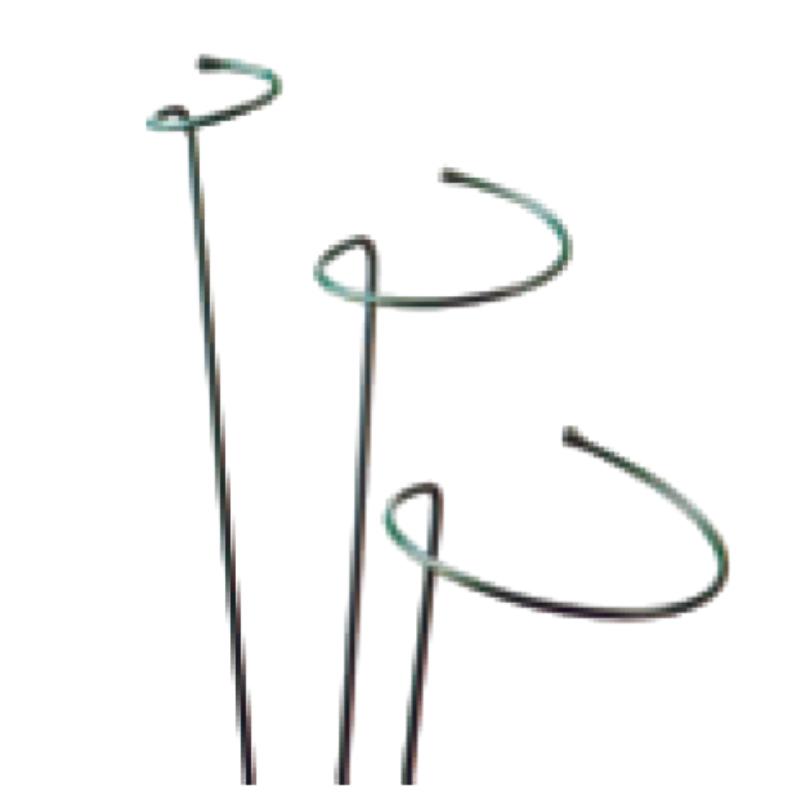-
Correu electrònic:zhao@hyliec.cn
-
Tel:+86 311 85273988
-
Què tal:8613931128750
-
 africana
africana -
 albanès
albanès -
 amàric
amàric -
 àrab
àrab -
 armeni
armeni -
 azerbaidjana
azerbaidjana -
 basc
basc -
 Bielorús
Bielorús -
 bengalí
bengalí -
 bosnià
bosnià -
 búlgar
búlgar -
 català
català -
 Cebuà
Cebuà -
 Cors
Cors -
 croat
croat -
 txec
txec -
 danès
danès -
 holandès
holandès -
 Anglès
Anglès -
 esperanto
esperanto -
 estonià
estonià -
 finès
finès -
 francès
francès -
 frisó
frisó -
 gallec
gallec -
 georgiana
georgiana -
 alemany
alemany -
 grec
grec -
 Gujarati
Gujarati -
 crioll haitiano
crioll haitiano -
 hausa
hausa -
 hawaià
hawaià -
 hebreu
hebreu -
 No
No -
 Miao
Miao -
 hongarès
hongarès -
 islandès
islandès -
 igbo
igbo -
 indonesi
indonesi -
 irlandesa
irlandesa -
 italià
italià -
 japonès
japonès -
 javanès
javanès -
 Kannada
Kannada -
 kazakh
kazakh -
 Khmer
Khmer -
 Ruandès
Ruandès -
 coreà
coreà -
 kurd
kurd -
 kirguis
kirguis -
 TB
TB -
 llatí
llatí -
 letó
letó -
 lituà
lituà -
 luxemburguesa
luxemburguesa -
 macedoni
macedoni -
 Malgashi
Malgashi -
 Malai
Malai -
 malayalam
malayalam -
 maltès
maltès -
 Maori
Maori -
 Marathi
Marathi -
 mongol
mongol -
 Myanmar
Myanmar -
 nepalí
nepalí -
 noruec
noruec -
 noruec
noruec -
 occità
occità -
 Pashto
Pashto -
 persa
persa -
 polonès
polonès -
 portuguès
portuguès -
 panjabi
panjabi -
 romanès
romanès -
 rus
rus -
 samoà
samoà -
 Gaèlic escocès
Gaèlic escocès -
 serbi
serbi -
 Anglès
Anglès -
 Shona
Shona -
 Sindhi
Sindhi -
 Sinhala
Sinhala -
 eslovac
eslovac -
 eslovè
eslovè -
 Somali
Somali -
 espanyol
espanyol -
 Sundanès
Sundanès -
 suahili
suahili -
 suec
suec -
 Tagalog
Tagalog -
 Tadjik
Tadjik -
 Tamil
Tamil -
 Tàrtar
Tàrtar -
 Telugu
Telugu -
 tailandès
tailandès -
 turc
turc -
 turcomà
turcomà -
 Ucraïnès
Ucraïnès -
 Urdú
Urdú -
 uigur
uigur -
 Uzbek
Uzbek -
 vietnamita
vietnamita -
 gal·lès
gal·lès -
 Ajuda
Ajuda -
 Yiddish
Yiddish -
 ioruba
ioruba -
 Zulu
Zulu
Metal Plant Supports
What Is The Support Structure Of A Plant?
The support structure of a plant refers to the system of tissues and organs that provide stability and enable the plant to maintain an upright position. This support structure includes several key components:
1. Cell walls: The rigid cell walls of plant cells provide structural support, especially in non-woody plants. The cell walls help maintain the shape and rigidity of the plant's cells, contributing to its overall structure.
2. Stems: Stems play a crucial role in supporting the plant and providing a framework for the attachment of leaves, flowers, and reproductive structures. The stems also facilitate the transport of water, nutrients, and sugars throughout the plant.
3. Roots: The root system anchors the plant in the soil, providing stability and support. Additionally, roots absorb water and nutrients from the soil, contributing to the overall health and growth of the plant.
4. Vascular tissues: Xylem and phloem are specialized tissues that form the plant's vascular system. Xylem transports water and minerals from the roots to the rest of the plant, while phloem transports sugars and other organic compounds to various parts of the plant.
5. Specialized structures: Some plants have specialized support structures, such as tendrils, thorns, or aerial roots, which aid in climbing, attachment, or additional support.
The combination of these structural elements allows plants to maintain their shape, withstand environmental forces, and support essential physiological processes.
Iron Plant Supports Faq
What are the benefits of using iron plant supports?
Iron plant supports offer durability and strength, making them suitable for providing robust support for heavy or sprawling plants. They can withstand the weight of mature plants and help maintain their shape and structure.
What types of plants are best supported by iron plant supports?
Iron plant supports are well-suited for providing support to a wide range of plants, including peonies, roses, delphiniums, and other tall or heavy-flowering perennials. They can also be used for supporting climbing plants such as clematis or sweet peas.
How should iron plant supports be installed?
Iron plant supports should be installed firmly in the ground to ensure stability. When supporting individual plants, place the support structure around the plant early in the growing season, allowing the plant to grow into and around the support naturally.
Are there different styles and designs of iron plant supports available?
Yes, iron plant supports come in various styles and designs, including hoop supports, grid supports, and individual stakes. These different designs cater to the specific needs of different types of plants and can provide effective support while enhancing the visual appeal of the garden.
How can iron plant supports be maintained?
To maintain iron plant supports, periodically inspect them for signs of rust or corrosion, especially if they are exposed to the elements. If rust is present, it can be removed using a wire brush, and the supports can be treated with a rust-resistant coating or paint to prolong their lifespan.






